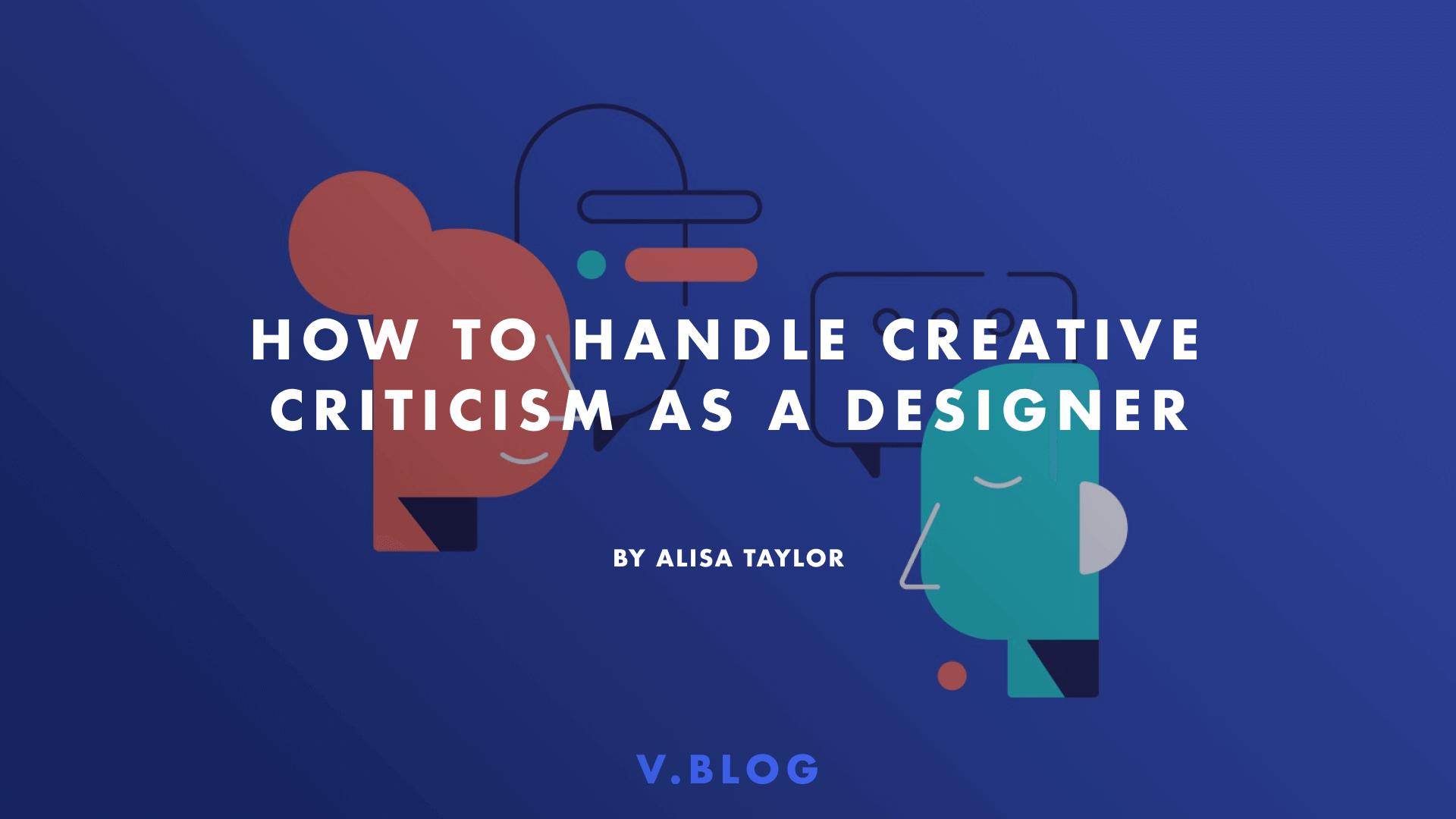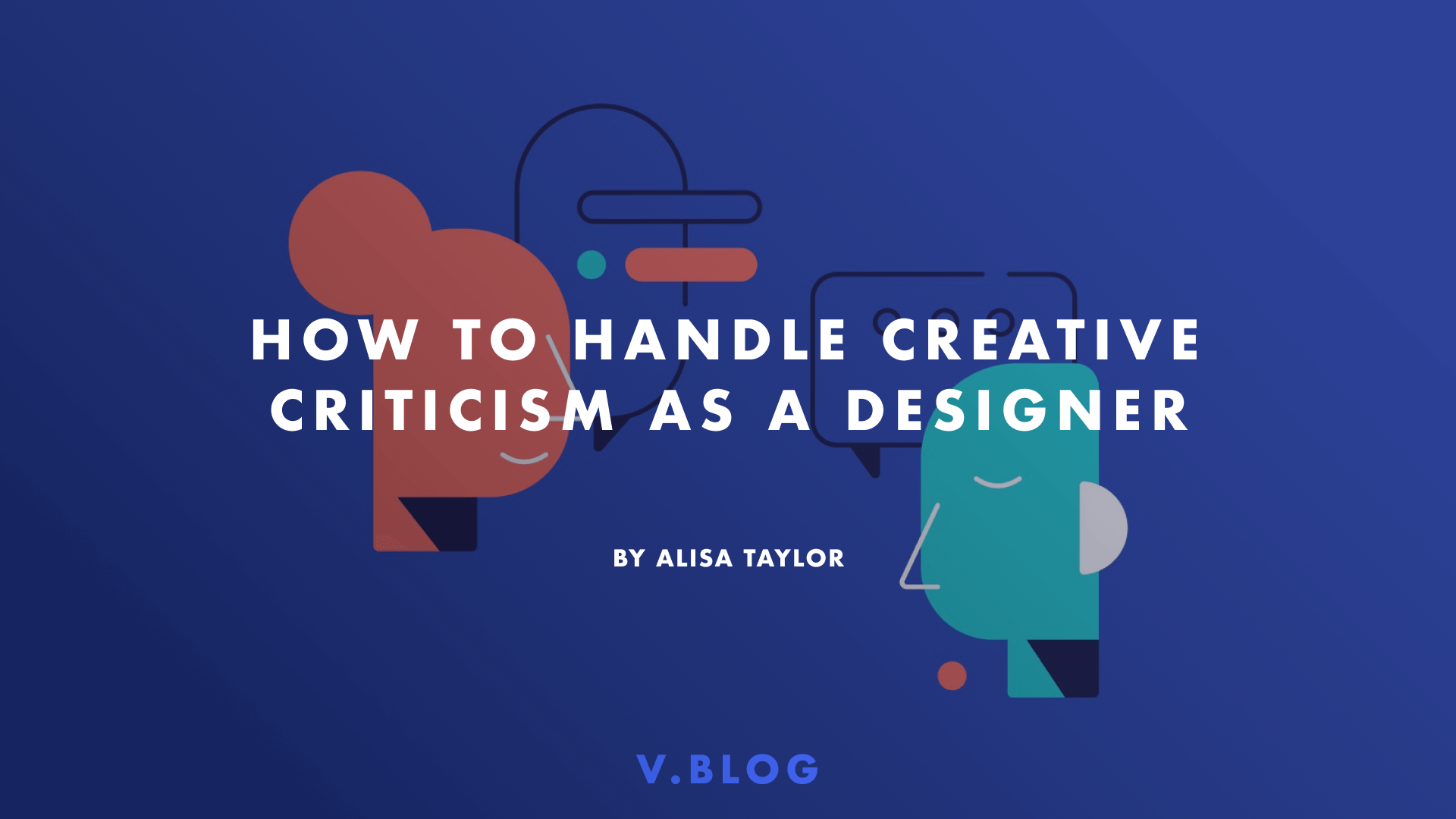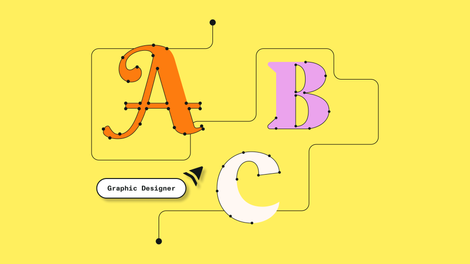No one enjoys hearing negative opinions about their work, but in the design world, creative criticism has its place and purpose. If you know how to deal with it, it can be useful. In the long run, it may even make you a better designer.
If you’re not sure how to handle criticism, or find facing feedback that isn’t always flattering a tough task, try these coping mechanisms.
Jumpstart your ideas with Linearity Curve
Take your designs to the next level.
1. Consider The validity of the source
Before you take criticism to heart or apply it to your creative process, it’s vital to consider whether or not the feedback is coming from an appropriate and legitimate source. Accepting constructive criticism is a major part of how you grow as a creative professional. However, not everyone who offers it to you will know what they are talking about, or have your best interests at heart.
Ask yourself the following questions:
A critic who truly wishes you to take their advice seriously should know how to communicate their viewpoints without being condescending or rude. A derisive or patronizing attitude is an indicator of someone who cares more about being superior rather than helping you build on your talent.
You only want to accept advice from people who genuinely know what they’re saying. Advice that comes from knowledge and experience is valuable. Whereas advice that comes from ignorance or egotism is best taken with a pinch of salt.
2. Focus on the point
Distributing creative criticism can be as difficult as receiving it, sometimes even more so. Your critic may not always be able to convey what they wish to say concisely.
They may try to cushion the blow by dancing around the subject, or they may simply not be good at healthy communication.
Always take a moment to examine what they’re saying. Try to identify what lies at the heart of their criticism, rather than allowing yourself to become confused or dismayed by gratuitous speech or negative feedback.
3. Take on the positives
At the end of the day, people who offer you constructive criticism likely want to see you succeed. A fellow professional who takes time out of their day to offer advice on your creative process or design technique is someone who recognizes your talent and potential. They’re speaking up because they want to see you do well, and blossom into something even greater.
It’s important to recognize that most criticism of this kind is for your benefit. An experienced designer will not waste time advising someone who they believe to be lacking in skill or potential.
At the heart of constructive criticism is generally encouragement and recognition. Don’t allow yourself to become blind to this because you feel your work is being disparaged.
4. Appreciate the feedback
Creative professionals owe it to one another to be candid about each other’s work. It’s easy to sink into a pattern of professional isolation where you neither offer nor accept creative input. This isn’t a healthy path to follow, as it leaves very little room for improvement or innovation.
While individual discipline and self-examination are valuable tools for any designer, nobody ever got anywhere meaningful without feedback.
Learn to Navigate Creative Criticism in Design
Visit our Academy to master the art of constructive feedback. Enhance your design skills and professional growth by effectively handling and leveraging creative criticism.
You often lose perspective on a project that you’ve been working on for a long time. That’s why a fresh pair of eyes is essential in evaluating what has merit, and what needs improvement.
Be vocal with your colleagues about appreciating their opinions and input. It’s up to you what you choose to incorporate into your work and what you choose to discard.
5. Determine if there is merit to the criticism
When someone offers you creative input, it’s wise to collect other opinions from varying sources. Do your own research and consult other designers whose expertise you trust, before treating criticism as fact. While your critic may believe wholeheartedly in what they’re telling you, others may not share the opinion, and it may damage the quality of your work.
The way different people receive and interpret your work will be extremely varied. The process of designing something appropriate, original, and appealing is highly nuanced and often subjective. Seeking different viewpoints and opinions from trusted sources will never be a detriment to your process.
There’s a reason companies and collectives use resources like focus groups and brainstorming sessions to yield the best ideas. The more input you have, the easier it is to spot trends in people’s opinions. Use the input of those around you to determine how valid another’s criticism may be.
6. Use it to improve or enhance your work
The point of any criticism is always to yield improvement. It’s highly unlikely that someone will criticize you simply just to be negative. If they do, then they’re not worth listening to.
Professionals in the design field are under immense pressure to always be innovative and original. They may know about techniques you can use that will improve your design, tools that will help you, or editing software you should install on your laptop to create a better end product.
Take the feedback you’re given on board and create a rough draft where you incorporate their suggestions. See whether it contributes positively to the design, you may well learn something new along the way.
7. Choose not to use it
While learning to accept criticism with grace is an important skill for any designer, your work is still entirely your domain. You control what you choose to accept and use.
Remember, you’re in this industry because you’re passionate about it, and you have talent. Trust your instincts—if something doesn’t feel right or fit with your aesthetic, it’s your call whether or not to use it.
You will undoubtedly encounter those whose ideas and advice don’t agree with your process. Maintaining a strong sense of creative integrity is just as important as accepting input from external sources.
Walking the line between trust in yourself and your abilities and openness to other ideas can be tricky and frustrating at times—but the best designers never shy away from that challenge.
Jumpstart your ideas with Linearity Curve
Take your designs to the next level.


Share this!
Ben Barnhart
Ben is a Content Lead for Linearity living in Berlin. His hobbies include board games, cooking, reading, and writing.


:quality(75))
:quality(75))



:quality(75))




